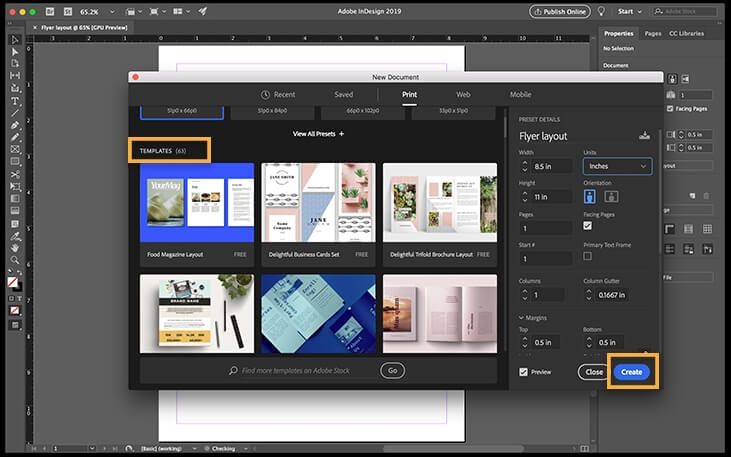

That’s where InDesign CS2’s biggest innovation comes in: Object Styles. Another major omission finally addressed is the option for a placed graphic to proportionally fill its frame even when this has a different aspect ratio.Īll told, InDesign’s layout and graphical power is extraordinary, but trying to keep on top of it and to ensure consistency can become a problem. Best of all, InDesign CS2 at last offers a wysiwyg font sample, although it’s pretty appalling that it has taken Adobe five major releases to get around to it.įurther layout enhancements include the ability to automatically convert frames from one shape to another and to intelligently re-apply transformations such as scaling and resizing to grouped objects or individually. You can now paste without formatting, selectively clear character and paragraph-level overrides, find and apply styles far more efficiently with the new Quick Apply capability, selectively import and replace styles, and format blocks of text with multiple styles using the new Apply Next Style option. With new options for text drag-and-drop, dynamic spellchecking and AutoCorrect, InDesign’s text handling is brought more into line with Microsoft Word, and that includes text styling too. And the ability to preserve local overrides while stripping out other styling will save hours of re-italicising and emboldening.īasic text control within InDesign has also been totally revamped. The new Word/RTF import filter’s ability to map styles provides XML-inspired efficiency, consistency and control for all users, especially as import settings can be saved as presets. Improved XML handling, with options for dealing with tables, stripping unmatched content and automatic updating will all be welcome in advanced production environments. Graphics are crucial to the end impact of most InDesign projects, but successful text handling is essential to them all, starting right from the initial text import. For files provided in Acrobat format, the ability to load and place multipage PDFs helps to boost production efficiency. In many ways, the integration with Illustrator is even tighter with the ability to cut and paste paths and then edit them within InDesign – these paths can now be opened, closed and reversed – while for embedded AI files you’re now able to control the visibility of layers.

The handling of Photoshop PSD files has long been excellent, but is taken to a new level by the ability to switch layer visibility on and off and to select from embedded layer comps to quickly explore layout possibilities. InDesign’s integration with the graphical suite applications is especially important and is helped by the bundling of Adobe Bridge.


 0 kommentar(er)
0 kommentar(er)
